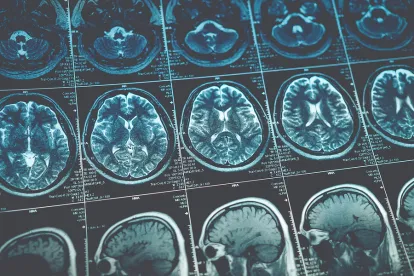In the mid-1990s, the Standardized Assessment of Concussion (SAC) was discovered to assess minor brain injuries. The SAC assessments consisted of orientation to time, day, and date, immediate recall, concentration, and detailed recall. SAC screening became a popular tool for various sports to determine a person’s head injury. Recognizing a mild traumatic brain injury (mTBI) or concussion is crucial, and although mTBI/concussions are common, there is no specific diagnostic tool to determine the severity of the injury.
The SAC assessments soon created the Sports Concussion Assessment Tool (SCAT). After, the Department of Defense created their version of a SAC assessment called the Military Acute Concussion Evaluation (MACE). All three assessments became useful for their practices and helpful tools for non-sport related mTBI, but have resulted to have mixed results.
Published in the Journal of Head Trauma Rehabilitation titled, “Intracranial Pathology (CT+) in Emergency Department Patients With high GCS and High Standard Assessment of Concussion (SAC) Scores,” the study was conducted and analyzed 11 emergency departments across the United States as a multitude study for TBI. Candidates for this study consisted of males and females between the ages of 18 to 85 years old admitted to the emergency department within 72 hours.
Computed tomographic (CT) scans were used to generate the patients TBI results. Using a score range I through IV, CT- implied the patient showed no observational pathology and CT+ exemplified a small focus of pathology detected. The results found that 197 of the patients with a head injury resulted in a CT+ result. Of the 197, six patients with CT+ were rejected from this study due to their SAC scores not being recorded. Researchers found various blood accumulations diagnosis from a TBI.
Using CT scans are beneficial for determining the likelihood of an mTBI or concussion. Using the SAC scores to determine mTBI should be done with caution, especially with patients who score a normal SAC score. The results of a patient with a mild head injury, but a normal SAC score could increase their risk of a secondary injury upon their return to their day to day activities. Using caution when reviewing a patient’s SAC results is a major key factor to avoid any hazards.



 />i
/>i

